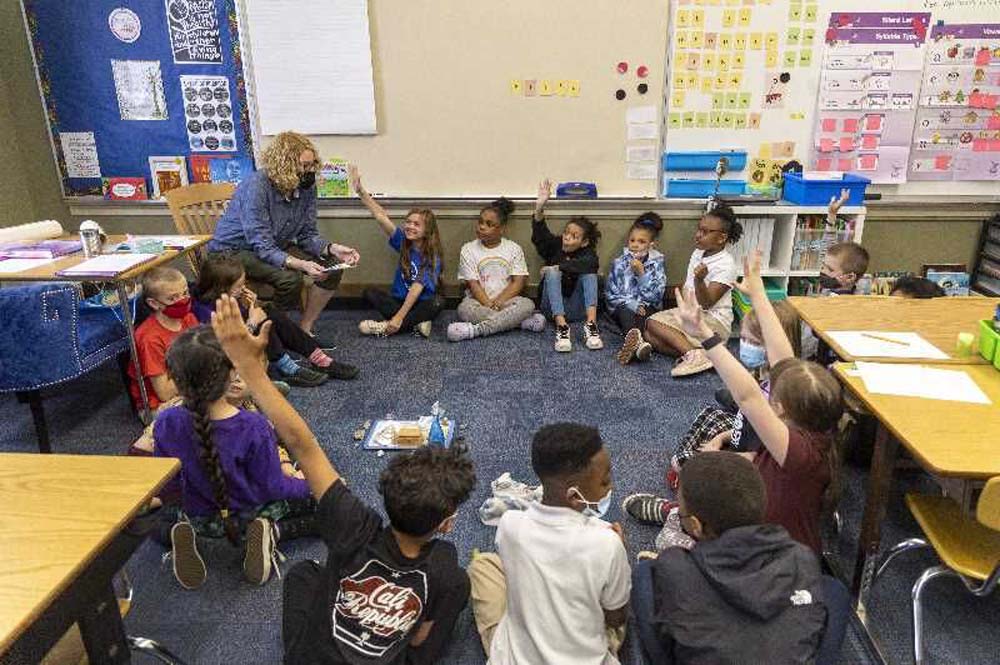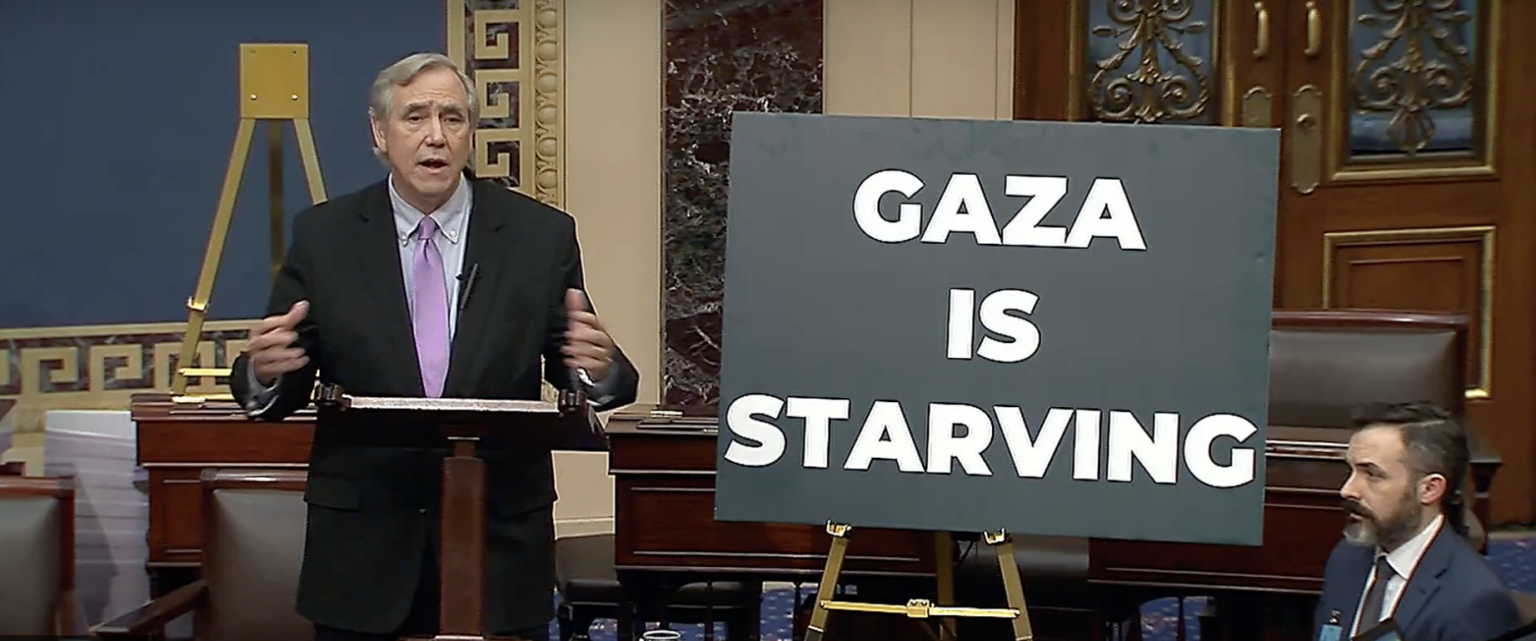Oregon schools aim to redefine discipline
Published 12:00 am Friday, June 3, 2022

- Students at Woodlawn Elementary School in Portland sit in a talking circle, where they take turns speaking and share notes of appreciation for their peers. The circle is part of a restorative justice framework that aims to teach communication and accountability as a way to prevent misbehavior.
First of a two‐part series on student discipline
Trending
Despite a statewide shift away from student suspension and expulsions, some Oregon districts are still using a heavy-handed approach.
Over the past decade, Oregon has reformed its approach to student discipline and relied on trauma-informed practices to address the root causes of bad behavior. It’s part of a national embrace of alternative discipline that’s meant to keep students in school and reduce the school-to-prison pipeline.
“In both 2013 and 2015, Oregon enacted legislation that shifted school discipline policies from a zero-tolerance approach to one that emphasizes preventative supports designed to address the root causes of challenging behavior and, therefore, reduce the need for unnecessary suspensions and expulsions,” said Lisa Joy Bateman, an education specialist with the Oregon Department of Education.
Trending
In 2013, the state started requiring schools to adopt evidence-based approaches to discipline.
Two years later, in response to concerns over the rates of suspension and expulsion for young students — particularly Black, brown and Indigenous students — the state limited the use of out-of-school suspensions or expulsions for kids in kindergarten through fifth grade.
“Oregon has shifted its policies and practices to match our growing understanding of the negative impact that exclusionary disciplinary practices have on school culture, climate, and student academic success,” Bateman said.
In general, schools must consider the circumstances of a student’s behavior, as well as the student’s age and past behavior, prior to suspending or expelling them. Suspensions and expulsions should be reserved for incidents where health or human safety is at risk, the state said.
Nationwide, there’s been an effort to reimagine the student discipline framework and reduce the use of suspensions and expulsions. Much of it is the result of research. As reported by the National Education Association in 2021, the American Institutes for Research found that school suspensions do little to prevent misbehavior in middle and high schoolers. Summarizing findings, NEA noted, “the more severe the exclusionary discipline, the greater its negative effects were on a student’s future academic performance, attendance, and behavior.”
Despite statewide legislation and guidance toward alternative approaches, data suggests some school districts have yet to catch on. In recent years, many rural districts relied on traditional punitive approaches more frequently than larger districts with more students. There are also major disparities between the state’s top two largest school districts.
For instance, Portland Public Schools, Oregon’s largest district, enrolled 48,680 students and expelled 31 of them in 2018-19. Grants Pass School District in Southern Oregon, which had 6,175 students, expelled 47 of them. The district with the highest number of expulsions that year was Oregon’s second largest, Salem-Keizer in Marion County, which had 41,820 students and kicked out 128 of them. Beaverton School District, the third largest in Oregon, reported 81 student expulsions that year. It’s unclear what the offenses were in each of those cases and state education officials warn that raw data doesn’t always give the context or full picture of the circumstances.
Pandemic’s impact
Statewide, the majority of student discipline in years 2018-19 and 2020-21 — during the COVID-19 pandemic — was caused by disruptive behavior. In 2018-19, physical assault was the second leading cause of punitive action, but in 2020-21, more students were punished for substance abuse.
Middle school students had the highest number of discipline incidents during both school years, according to state data.
Districts embrace alternatives to suspension
In line with Oregon’s move away from a zero-tolerance approach, districts like Gresham, Tigard-Tualatin and Portland Public Schools have changed the way they respond to misconduct.
Portland school leaders say a newly adopted student conduct and discipline policy, in tandem with a revamped drug and alcohol policy, is rooted in what’s called restorative justice.
Restorative justice “shifts the focus of discipline from punishment to learning and from the individual to the community,” Shane Safir, founder of the San Francisco-based June Jordan School for Equity, explained in Education Week.
“(Restorative justice) embraces the philosophy and belief that if we can strengthen relationships within our community, then we’re strengthening our community,” said Chandra Cooper, director of multi-tiered systems of support for PPS. In some classrooms, teachers are ditching desks and relying more on talking circles, where students come together in a circle to share thoughts and practice good communication habits with each other. “It’s really being able to center student voices and creating a space that feels safe for students, that creates a sense of belonging, and that students start to be able to voice when things are coming up for them or when things don’t seem right,” Cooper said.
PPS’s substance abuse policy will also lean more on intervention and support than punitive responses.
“We are looking at this as an opportunity to provide prevention and intervention,” said Brenda Martinek, who leads PPS’s Office of Student Support. “There’s very little research that shows exclusionary discipline like suspension changes student behavior, especially when there’s substance use, and it can actually perpetuate drop out and it can actually increase substance use.”
Data for the current academic year isn’t available yet, but schools have reported increased outbursts and fighting among students. In fact, the latest Portland school budget includes extra staffing to implement restorative justice in response to heightened behavioral issues at middle schools.
In Clackamas County, Oregon Trail School District said students had more behavioral challenges returning from distance learning.
“What principals and teachers noticed post-CDL was that children were not as skilled at interacting with one another as they were pre-CDL,” district communications director Julia Monteith said. “So, rather than disciplining students, they’ve been re-teaching a lot of those basic interpersonal skills.”
Oregon isn’t the only state using the legislative process to embrace alternative discipline.
As noted in 2018 by the Education Commission of the States, a national education policy group, 13 states considered legislation that would offer alternatives to school discipline in 2017. Four states successfully enacted new laws, while another four rejected the proposed legislation.







